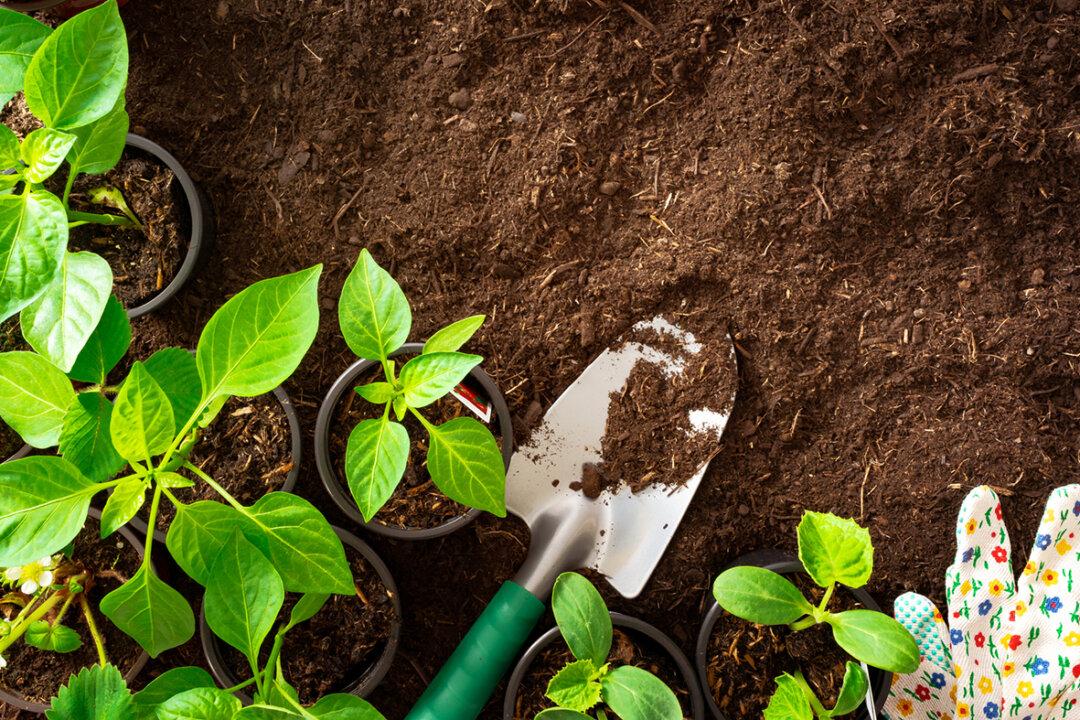Santa Ana—Flowers, shrubs, and grass are pretty to look at, but they can also transform outdoor spaces into something that feels like home.
That, however, takes water. With an eye toward changing environmental conditions of the future, researchers are testing plants and newfangled tech that will help them stay lush, green and healthy while requiring less irrigation.
We talked with researchers in Southern California and beyond to learn about the research they’re doing and how it might be reflected in the landscapes of tomorrow.
Parched, But Still Pretty
The University of California’s South Coast Research and Extension Center in Orange County is testing to see how long some plants can go between waterings; the answer for some is a long time—think months—without water and they still somehow look good.
The South Coast REC is one of two California facilities—the other is at UC Davis—conducting the University of California Landscape Plant Irrigation Trial; its goal is to determine the watering needs for established plants in locations that require supplemental watering over the summer.
The trials began in 2004 in Davis and the South Coast REC began conducting trials of their own in 2017, according to South Coast director Darren L. Haver.
Every year, the program procures landscape plants from a number of sources. Some are found at big box stores and nurseries, some are given to the program from companies that breed their own plants, and most recently, some have come to the University of California through a collaboration with a plant breeding program at Oregon State University.
During a two-year trial, plants receive regular irrigation for their first year and reduced irrigation in their second year under three watering schedules. This year, some plants received water roughly once a week, some received it every three to four weeks, and some received less than three irrigations between the months of April and October.
Some of those plants, including roses and a hibiscus, appear to have done well under the most restrictive watering schedule.
“Some of the roses do incredible even on only three irrigations and some don’t,” Haver said.
“It just depends on the actual individual variety of rose that’s being evaluated.”
Less weedy and less needy?
Sometimes researchers breed for a certain outcome and then examine how their plants stack up in other areas of scientific evaluation.
That was the case for Ryan Contreras, a professor at Oregon State University, whose research focuses on producing landscape plants that make fewer seeds so they don’t become invasive.
While the spread of some plants are limited by their need for irrigation, there are others that can pose a larger impact, Contreras said.
“They are weedy to the point that they are causing ecological and economic harm,” Contreras said. “They are replacing native flora, they are impacting stream flow in some cases and just generally causing ecological degradation.”
One of the ways that Contreras is trying to make plants less seedy is through a process known as polyploidy, by which he induces additional sets of chromosomes into plants.
A side effect that appears to happen in some plants that are polyploids is that they exhibit a certain level of resilience toward water deficits. Contreras thinks that’s one of the reasons his research goes hand in hand with the research at South Coast REC.
“If we can make landscapes consume less water that’s a good thing,” Contreras said.






